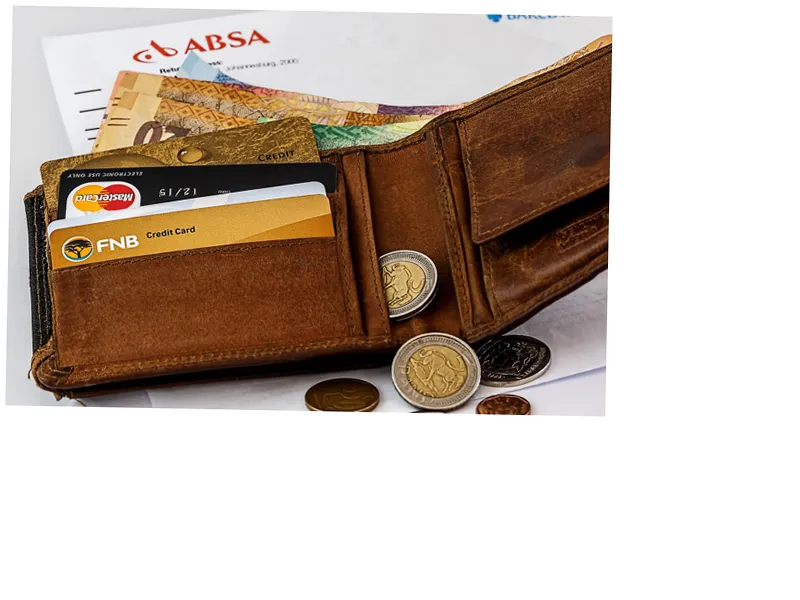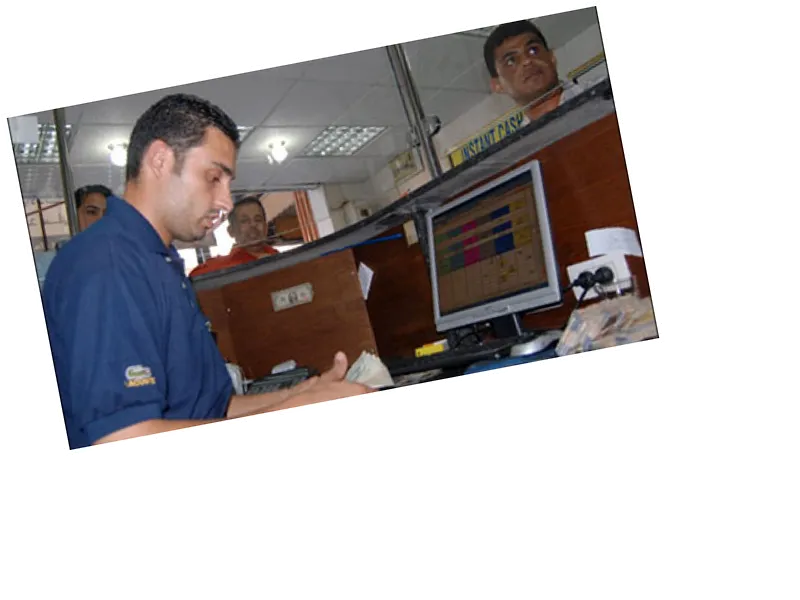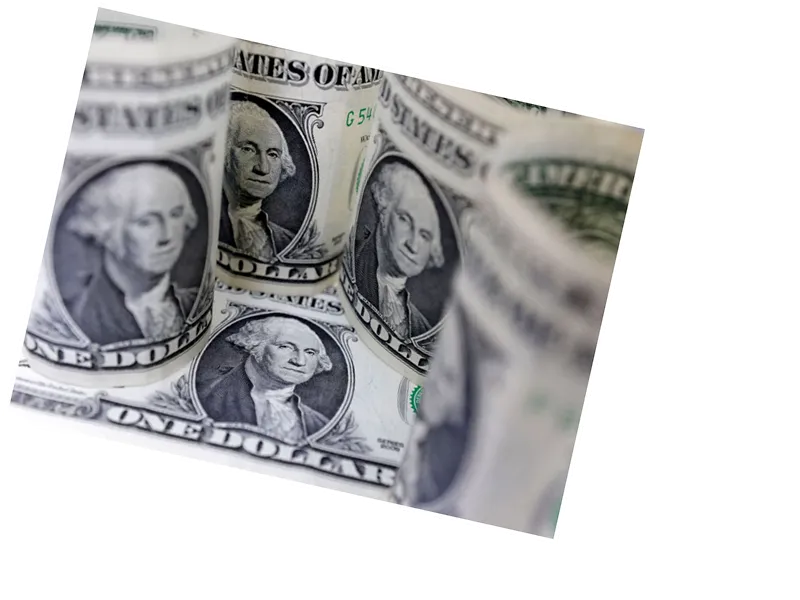On Monday, September 2, mixed dynamics were observed in foreign currency rates against the Russian ruble, as trading on the Moscow Exchange opened with a slight decline in the yuan, dollar, and euro. The yuan fell by 0.2% to 12.02 rubles, while the dollar and euro decreased by 0.3% and 0.2%, respectively. However, these currencies later rebounded, reaching values of 12.12, 91.78, and 101.16 rubles. The fluctuations come in the wake of U.S. sanctions imposed in June that halted transactions in dollars and euros on the Moscow Exchange, forcing trades to migrate to the over-the-counter market. Consequently, the Central Bank of Russia now sets official exchange rates based on these alternative transactions, impacting the purchase and sale prices of foreign currencies in exchange offices and banks.
Experts indicate that ongoing foreign trade pressures may continue to affect the ruble's value in September, as the country is currently experiencing a deficit in foreign currency inflows from exports compared to the outflows required for imports. Dmitry Babin from BCS World of Investments noted that the decline in oil prices since July is reducing foreign exchange earnings, while sanctions and reduced demand from China are further constraining exports. He predicts that the dollar may rise above 92 rubles this month, with fluctuations expected between 90 and 94.5 rubles.
Analysts also highlight that the holiday season could drive up demand for foreign currency, contributing to exchange rate fluctuations. Natalia Milchakova from Freedom Finance Global pointed out that upcoming economic forums might lead to announcements that could strengthen the ruble against the yuan in the short term. Additionally, the Central Bank's tightening of monetary policy, including a potential rate hike to combat inflation, could impact the ruble's performance. With inflation currently at 9%, the Central Bank aims to return to its target of 4%, and the next key rate decision is expected on September 13.
The interplay between domestic monetary policy and international economic conditions, including the U.S. Federal Reserve's decisions, will be crucial in shaping the ruble's trajectory. Analysts anticipate that the tax period at the end of September could create a surge in demand for rubles as export companies convert foreign earnings to meet tax obligations, potentially leading to ruble appreciation. Overall, while there are risks ahead, including unpredictable external factors, the dynamics of the currency market in September remain closely tied to both local and global economic developments.






